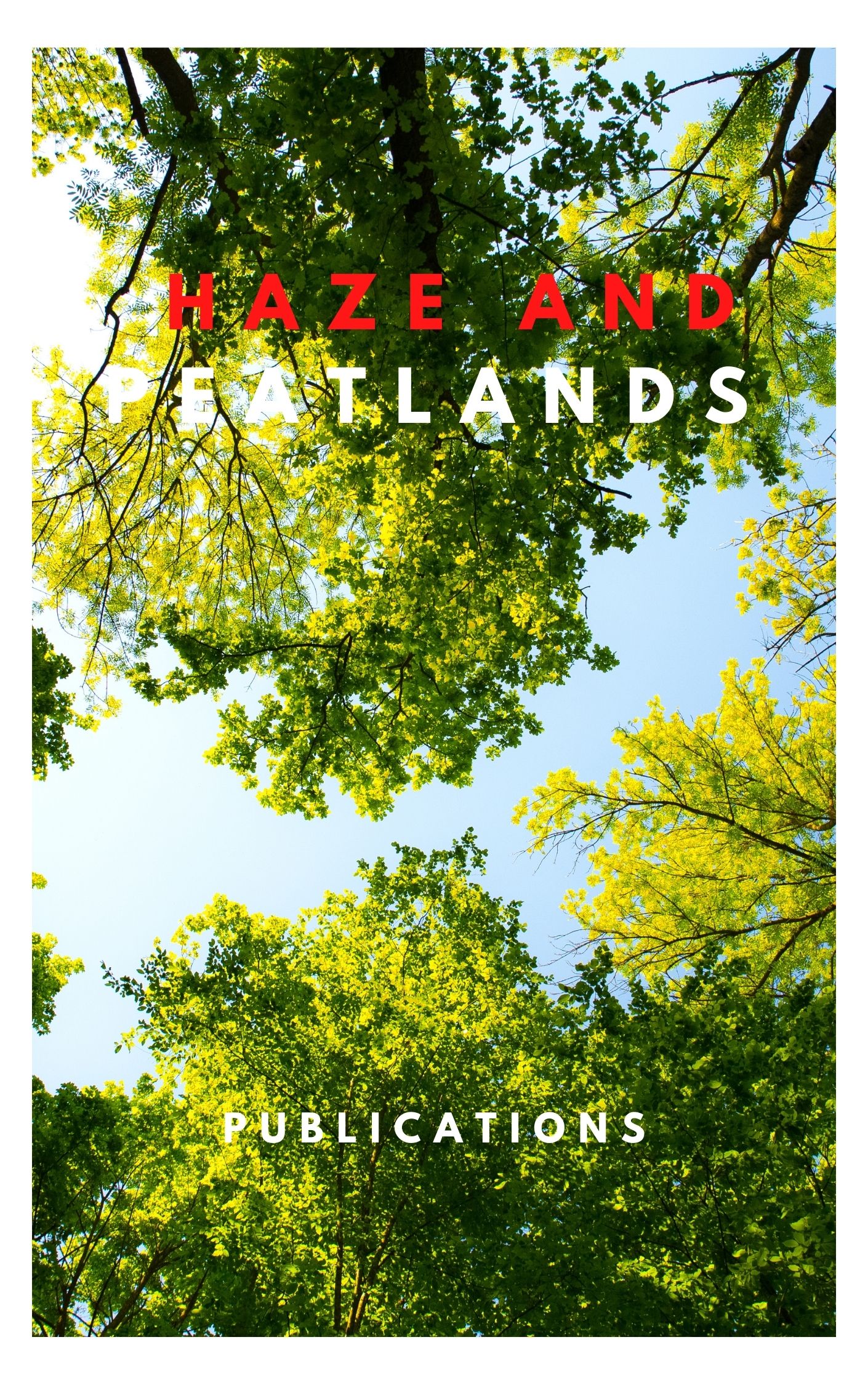This study investigated the potential of drained Sumatra peat soil (SPS) as a feedstock for pyrolysis to produce biofuels and biochar. We used thermogravimetry analysis (TGA), evolved gas analysis coupled with mass spectroscopy (EGA -MS), and pyrolysis -gas chromatography -mass spectroscopy (Py-GCMS) to study the decomposition behavior of SPS and pyrolysis product distribution. We also characterized the biochar (PBS) and assessed its CO 2 adsorption capacity. The results reveal that the organic content of SPS can be fully pyrolyzed at temperatures above 500 degrees C, leaving about 18 wt% of inorganic residues. The pyrolysis process mainly produces hydrocarbons, alcohols, phenols, and acids products, depending on operating temperatures. The biochar has distinct physical and chemical properties and shows remarkable CO 2 adsorption capabilities and reusability, where its adsorption capacity is maintained even after six adsorption -desorption cycles. Thus, SPS can be used as a feedstock for biomass -to -energy conversion and biochar creation through pyrolysis, reducing atmospheric carbon levels from peatland degradation.
View source

